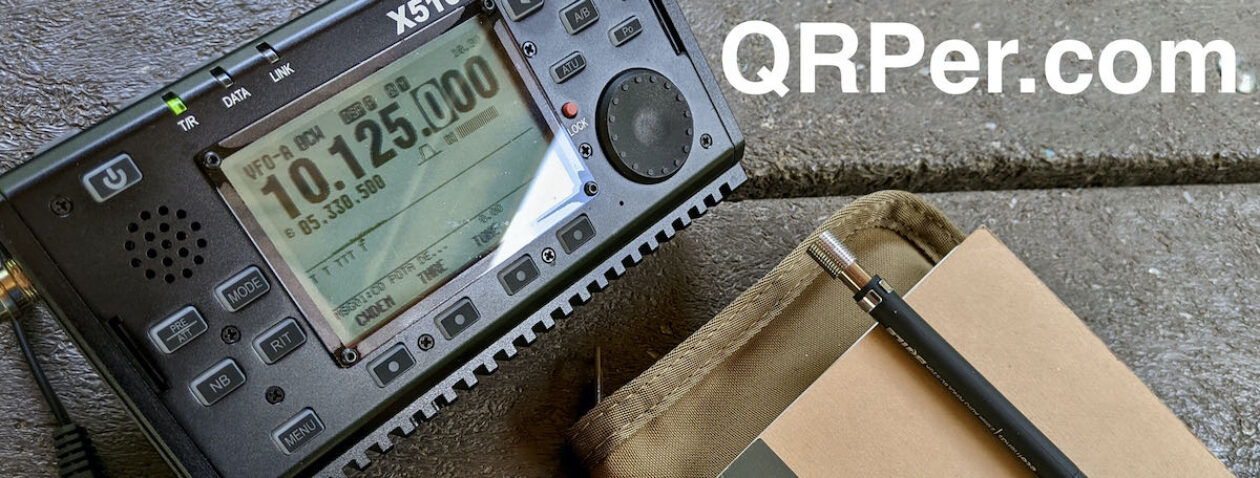Many thanks to Dave (K1SWL) who shares the following field report:
A Bare-bones POTA Outing
by Dave Benson (K1SWL)
It started with a one-of-a-kind homebrew project and mushroomed from there. I was returning to my roots with a Direct-conversion rig and it hooked me in our recent ARRL Field Day event in June.
It acquitted itself well on 40M with a total of 81 contacts.
I’ve been enjoying operating various flavors of this design since then, and the bulk of it on 20M. It finally occurred to me to take this project to the Field. An impromptu POTA outing was born.
 Dodge Brook State Forest (US-4897), is 25 minutes from here and features a clearing about 250 feet across surrounded by tall pines. This ‘log yard’ was the collection point for logged timber some time ago.
Dodge Brook State Forest (US-4897), is 25 minutes from here and features a clearing about 250 feet across surrounded by tall pines. This ‘log yard’ was the collection point for logged timber some time ago.
I was able to select an operating location with an open shot to the Southwest from here in New Hampshire.
A homebrew pneumatic launcher put a support line up at 60 feet. [My throwing arm is only a fond memory at this point.] The antenna followed- a PAR End-fed Half-wave. The top wound up at the 45 foot level- limited by my coax length. The antenna was set up as a sloper favoring the Eastern US.
The choice of the operating position itself was more difficult. A fine early Autumn day meant 80F and cloudless weather. Do-able, but toasty after a while.
I had a table and chair in the truck, but they’re a bit unwieldy. A peek into the tree line yielded another possibility: rocks. We have an abundance of those here in New England- souvenirs of recent glaciation. I’ve also bushwhacked to SOTA locations in the past, and sometimes a downed log serves as an operating position. I’m not proud.
 I set the station up on a computer mouse pad to protect it and away I went- about a half-hour behind schedule. I knocked off the requisite 10 contacts on 20M in 13 minutes.
I set the station up on a computer mouse pad to protect it and away I went- about a half-hour behind schedule. I knocked off the requisite 10 contacts on 20M in 13 minutes.
I had about 30 minutes available and finished the POTA session with 20 contacts.
This corresponded with the start of the Wednesday CW Ops Sprint activity and its high-speed cacophony. Five more quick contacts there and I needed to break down the setup and head for home. I was happy- something of a milestone!
The closeup shows the rig- it runs a generous 5 watts, and the 40M version is pictured. This was shot in overcast daylight to avoid shadows. This is board-only at present.
 George-N2APB- is currently designing a companion enclosure for it. It’ll appear imminently on his website:
George-N2APB- is currently designing a companion enclosure for it. It’ll appear imminently on his website:
http://midnightdesignsolutions.com
Equipment Lineup:
- ‘Old Friend’ Direct Conversion transceiver
- Bienno 4.5 A-H LiFePO4 battery
- Panasonic ‘over the ear’ headphones
- Begali ‘Expedition’ model
- PAR EF-20 half-wave antenna
- RG8X Coax, 25 feet
- Pneumatic Launcher, homebrew and 12V compressor.
- ARRL ‘Minilog’ Logbook
- Rocks













